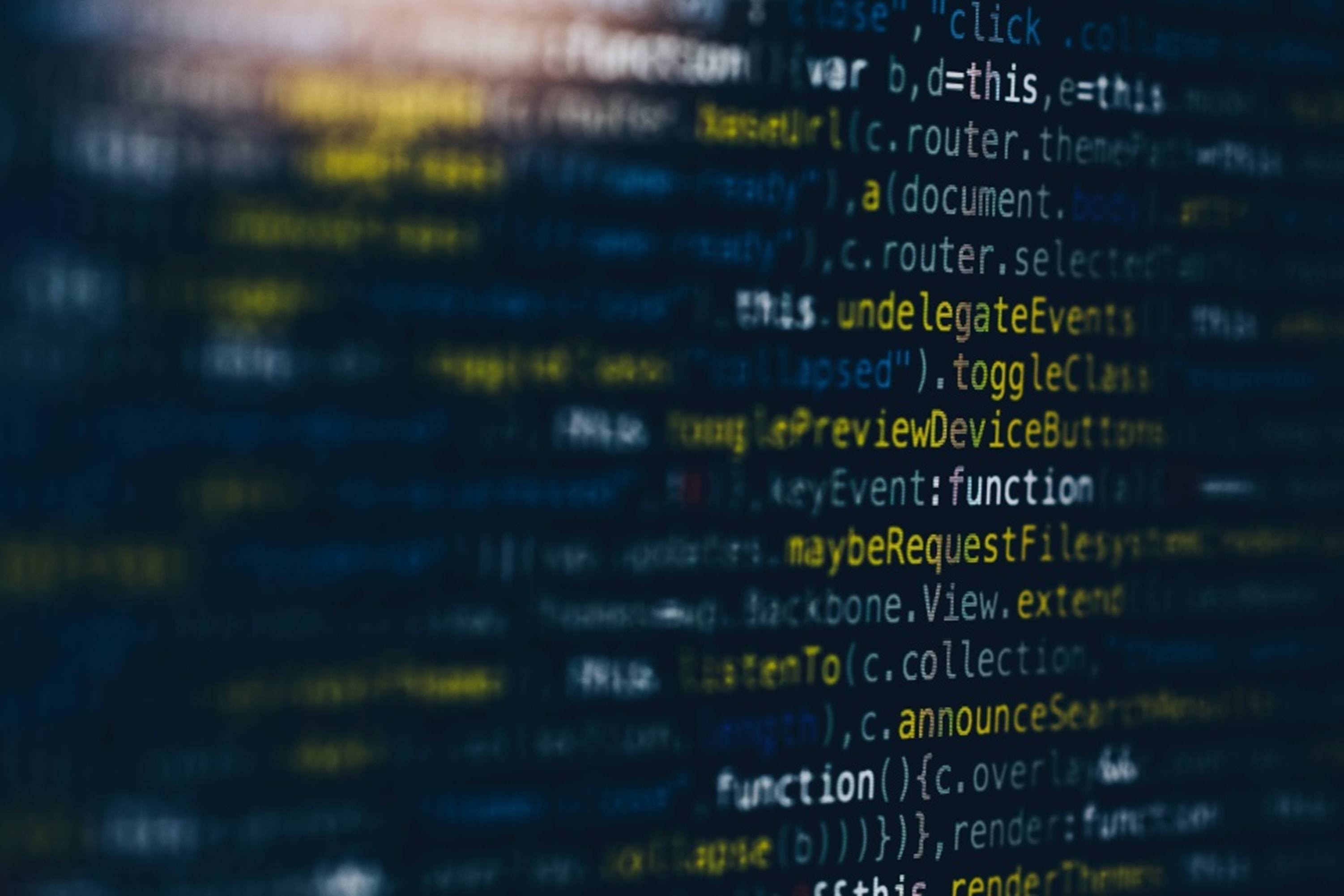
As the national intelligence service, we must be able to provide an updated and accurate intelligence picture in order to identify threats and provide early warning.
The intelligence work comprises collection, processing, analysis and communication of data and enables PET to solve its other tasks. Systematic intelligence work is mainly conducted in relation to counterintelligence and counterterrorism.
Information from multiple sources
The core of our intelligence work is collection of information. The information is collected from a wide range of sources – including interception of communications (a court-sanctioned breach of the right to private communication), observations, video and photo surveillance, searches, human sources (informants and agents) as well as data processing and analysis. Other means include interviews, interrogations, searches in records as well as information exchange with public authorities and other domestic or international partners. We also gather information from open sources such as newspapers, social media and the internet.
When PET collects information through so-called coercive measures (interception, surveillance, data extraction, search and seizure, etc.), we are bound by the rules of the Administration of Justice Act just like the rest of the Danish police. PET is therefore barred from collecting information by way of coercive measures if the conditions stipulated in the Administration of Justice Act are not met, including the requirement to obtain a court order.
The collected information is used in analyses and threat assessments, which, in turn, are used to decide if targeted steps should be taken to counter potential threats. Such steps may include threat reduction operations, targeted security and advisory measures or security policy recommendations.
In order for the intelligence task to be solved effectively, collection methods and sources must remain protected. Specific details about our intelligence work are therefore never shared with the public.

